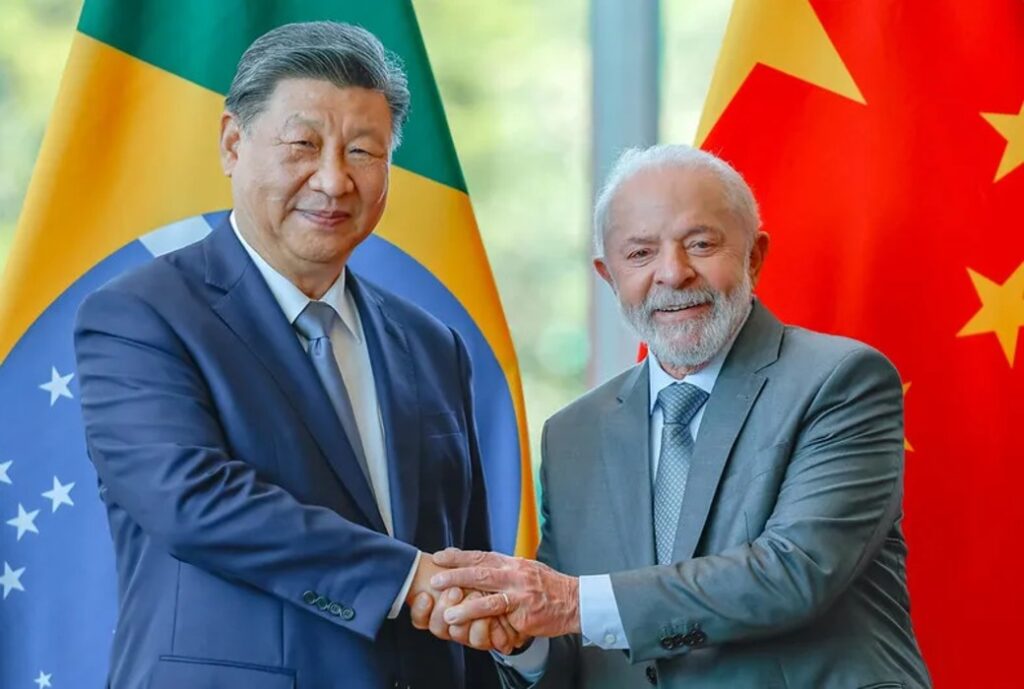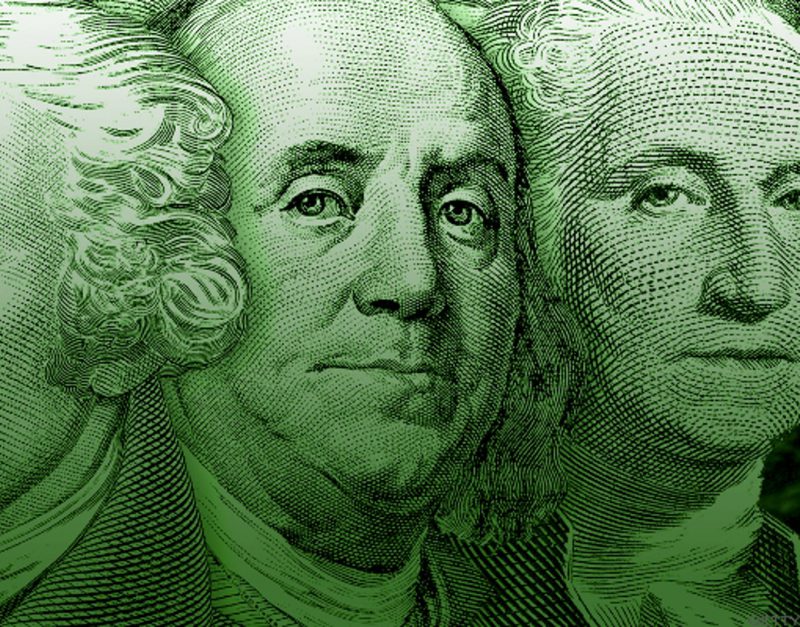The BRICS alliance slowly yet steadily pulled the rug on the US dollar by various methods in the last three years. They bypassed the USD in several cross-border transactions and leveraged the growing discontent against the White House. While the Biden administration’s sanctions got the group to band together, Trump’s tariffs made them stick together. Either way, the bloc remains united in pushing local currencies ahead to strengthen their native economies and respective GDPs.
Also Read: 10 Countries Likely To Join BRICS Alliance Next
How BRICS Sidelined the US Dollar
- India & Russia: Oil Settlements in Dirham, Ruble, and Rupee


After the White House imposed sanctions on Russia, India has been buying crude oil from its BRICS counterpart using the rupee, ruble, and dirham. India had also saved over $7 billion in exchange rates for over two years before Trump stopped the purchases through additional sanctions. This was among the first instances where BRICS used the US sanctions to bypass the dollar and benefit from it.
Also Read: Morgan Stanley Sees India Leading BRICS Global Growth Through 2026
- China & Brazil: Yuan-Based Trade Agreements


BRICS member China remained straightforward with Brazil, allowing them to settle trade in the Chinese yuan and the real. China and Brazil signed an agreement where the majority of settlements can be paid in local currencies. The US dollar will be used only when required based on the necessity of the settlements. This boosted the yuan’s role in Latin America, giving it a stepping stone to penetrate the rest of the markets.
- Russia & China: Record Yuan Settlements


China made use of the US sanctions, making BRICS member Russia limit the dollar and pay the yuan for trade. The two settled a record amount of payments in the Chinese yuan, with over 90% of bilateral trade in local currencies, according to the Center for European Policy Analysis (CEPA). Russia is now the largest user of the yuan outside China, and all of this happened due to the sanctions. For two years in a row, Russia and China have been at the top when it comes to settling payments in local currencies.





